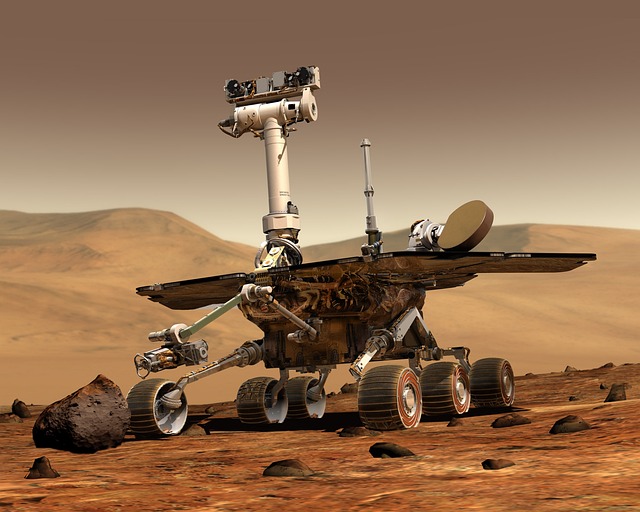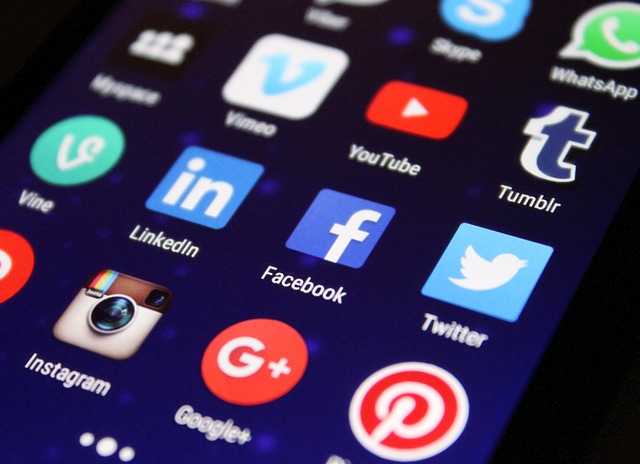Harnessing the Power of Remote Sensing in Education
In an age where technology reshapes every aspect of our lives, remote sensing stands out as a transformative force in various fields, including education. Imagine a learning environment where students can explore vast landscapes, study environmental changes, and understand complex systems—all from their classrooms. Through the integration of robotics and artificial intelligence, remote sensing is paving the way for innovative educational experiences that engage students like never before.
The Role of Robotics in Learning
Robotics has found its place in educational settings, stirring curiosity and inspiring creativity among students. With the use of remote sensing technology, these robots can collect and analyze data from their surroundings. For instance, a classroom equipped with autonomous drones can survey geographical areas, allowing students to witness firsthand the effects of climate change or urban development. This hands-on experience not only enhances knowledge retention but also fosters a sense of responsibility towards the environment and community.
Artificial Intelligence Enhancements
As AI continues to evolve, its integration with remote sensing accelerates the learning process. AI algorithms can process vast amounts of data gathered from remote sensors, providing insights that would otherwise be overlooked. This technology can personalize learning experiences, adapting lessons based on individual student needs and preferences. For educators, AI can reduce administrative burdens, allowing them to focus on creating engaging, impactful learning experiences that resonate with their students.
Automation in Business Education
The concepts of automation and remote sensing are poised to revolutionize business education. As industries increasingly rely on data-driven decisions, understanding how to interpret and utilize information gathered through remote sensing becomes a critical skill. Students can engage in real-world applications, learning how businesses leverage this technology to optimize operations, streamline supply chains, and respond dynamically to market conditions. This not only prepares them for future careers but also ignites entrepreneurial thinking and innovation.
Creating a Connected Learning Environment
Integrating remote sensing technology into education fosters a connected and collaborative learning environment. Students can work on projects that connect them with peers from other regions, analyzing data that reflects diverse perspectives and challenges. Through collaboration, they gain a broader understanding of global issues, enhancing their awareness and empathy.
The future of learning is undoubtedly intertwined with the advancements in remote sensing, robotics, and artificial intelligence. As these technologies continue to evolve, so will the possibilities for enriching educational experiences that equip students with the skills and knowledge necessary to navigate an increasingly complex world.




